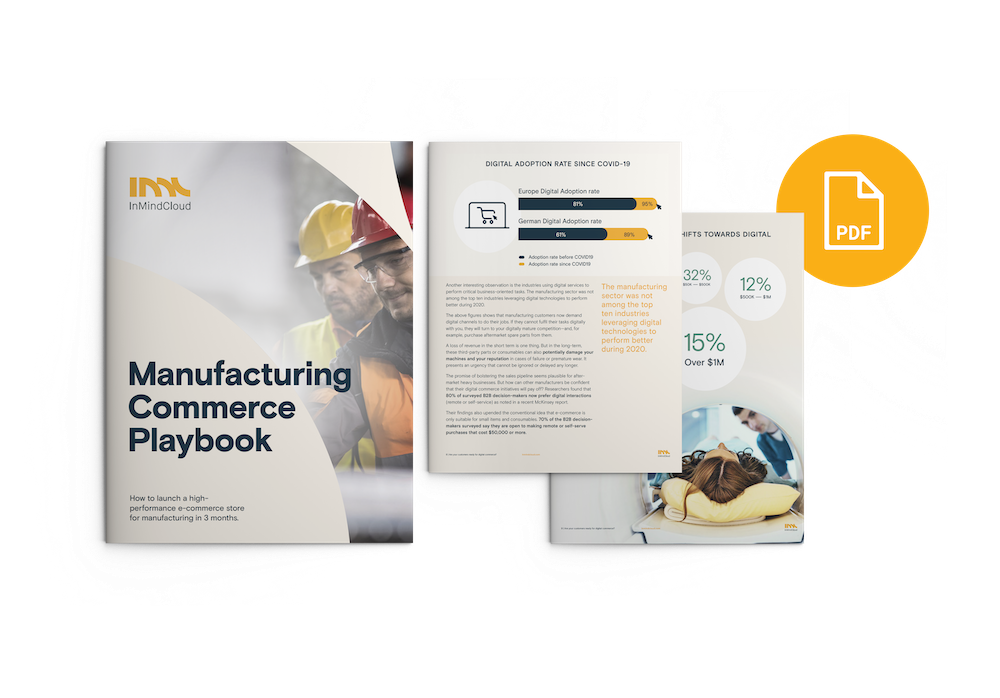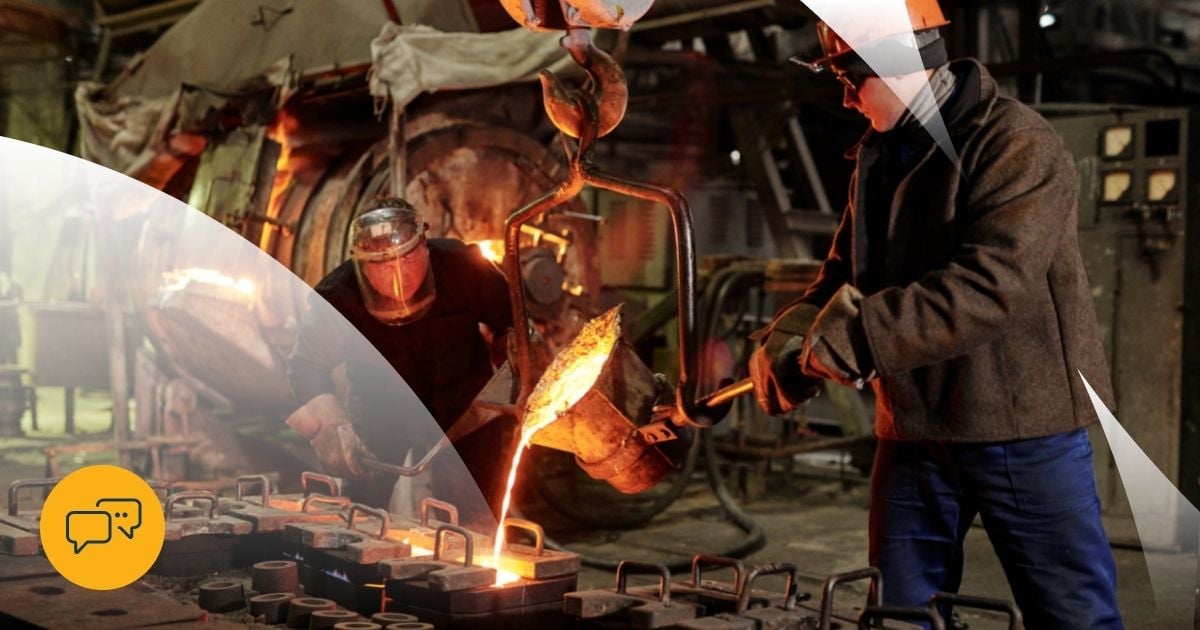Industrial Equipment and Machine Manufacturers today can no longer ignore the challenges they are facing: Incomplete views on their sales pipeline, lack of insight into highly variable cost factors, and the inability to accurately forecast demands and production are just some of them.
Eliminate incorrect prices and reduce high cost-of-sales
One of our customers is Satisloh, a member of the Essilor Luxottica group, and global leader in machine manufacturing for ophthalmic and precision optics lenses. They turned the goal of balancing customer requirements and target revenues into the main driver for digitalizing their sales.
"Every region of our sales used a different platform to provide customer quotation, which led to incorrect pricing and configurations as well as outdated terms & conditions", stated Will Daniels, Head of Global Aftermarket Operations of Satisloh.
Less than ideal product combinations, inaccurate business terms, costs of extended sales cycles, and outdated prices, all added to the missed revenue tally that Satisloh recorded over the years.
Download our Manufacturing Commerce Playbook to find out how Satisloh was able to uncover an aftersales goldmine
A machine manufacturer's trump card is called Aftermarket Sales
In today's globalized and highly competitive markets, every deal counts. This is not limited to one-off-sales but must be seen in the context of the whole customer-lifetime-value—which includes the aftermarket opportunities they bring.
Satisloh recognized that optimizing their spare parts and consumables business promises additional growth and a competitive advantage. With that in mind, Satisloh began to digitalize and streamline aftermarket sales. Their goal was to improve customer satisfaction, while maximizing their revenue.
Pipeline forecasting applies to Sales AND Production
Another underestimated factor lies in forecasting capabilities. If sales and production don't go hand in hand, pipeline gaps on both ends may lead to either higher costs due to under-utilization of the production. Competitiveness can also be affected by increased lead times due to over-utilization.
“Pipeline simulation and forecasting capabilities have given us the ability to fill in the gaps in sales and production pipelines. Before, our production floor used to have peaks and valleys, now we are able to balance sales performances and keep production stable," said Will Daniels.
Business agility is key to long-term success
So how can machine and industrial equipment manufacturers thrive in competitive markets? Innovation and business agility have always been quoted as the foundation.
For Satisloh, it is essential to bring new features, machines, parts or even service offerings to the market in practically zero time. (Read more about speed-to-market in manufacturing here.)
"Our product models are now being managed by the business side. This boosts our agility on the market to a maximum and reduces lead times significantly," explained Will Daniels.
Being able to produce manufacturing-ready quotes with the right combination of machines as well as accurate configuration and prices in a very short time makes all the difference for the company.
Download our Manufacturing Commerce Playbook to find out how Satisloh was able to successfully offer customers the best possible buying experience, and secure their leadership within their industry. The full playbook is also available online at our blog.

 Deutsch
Deutsch







